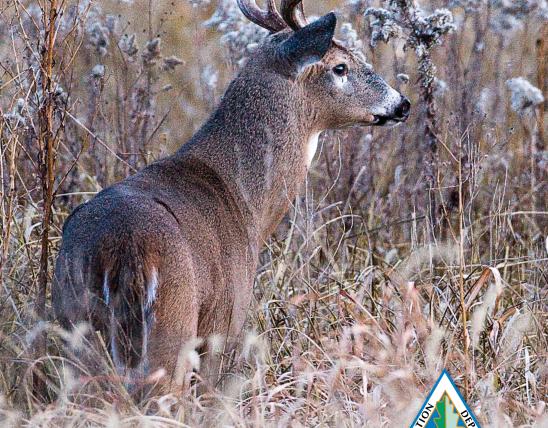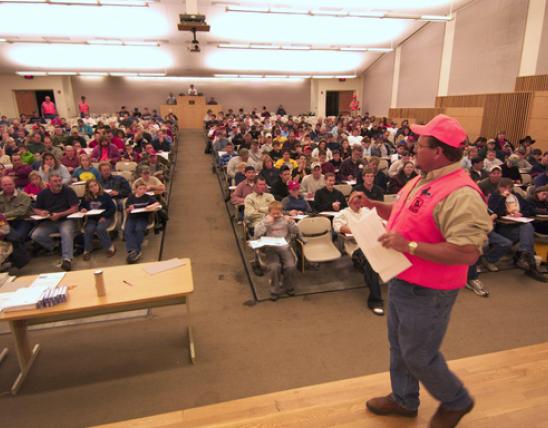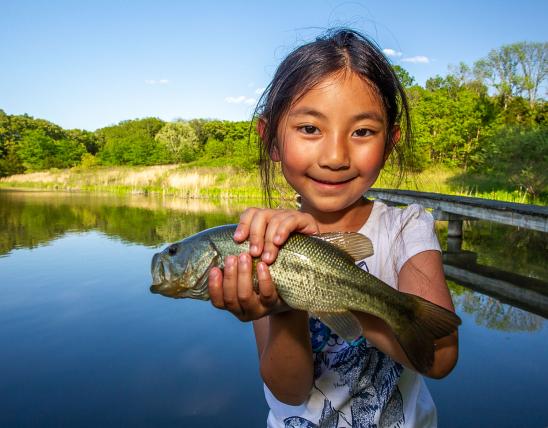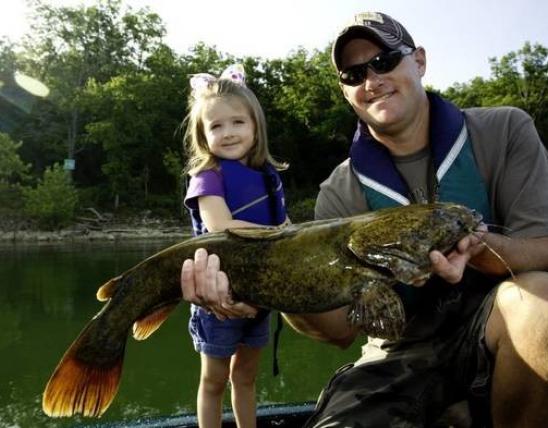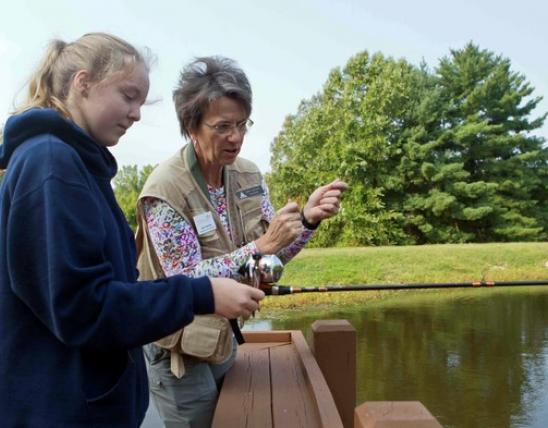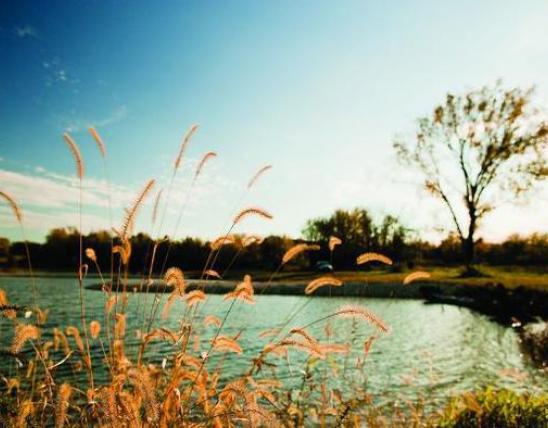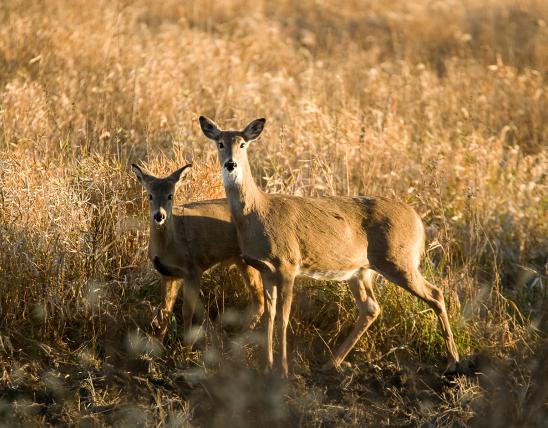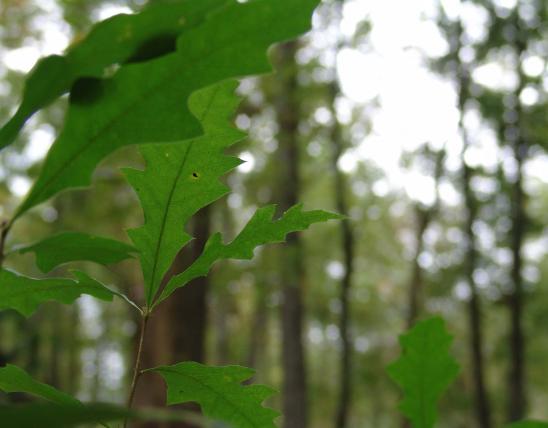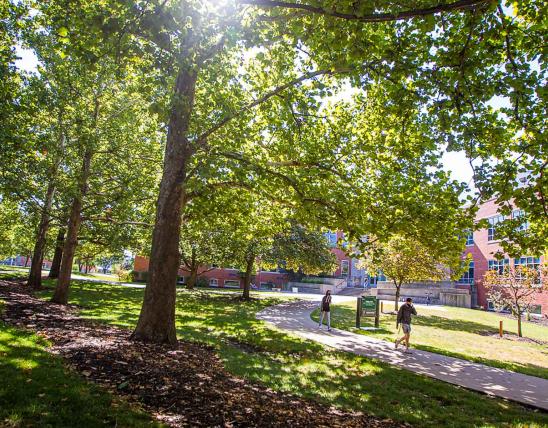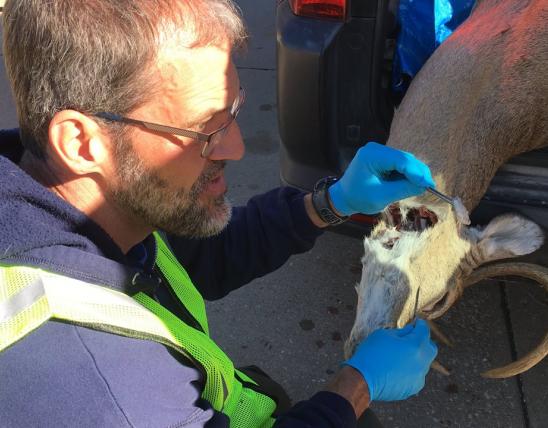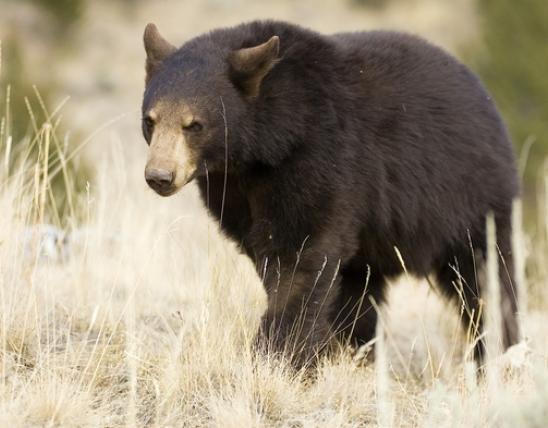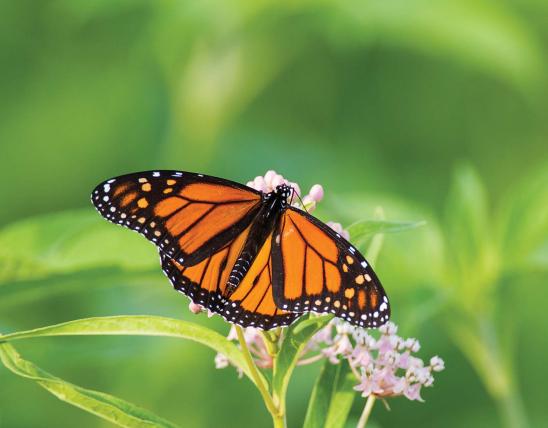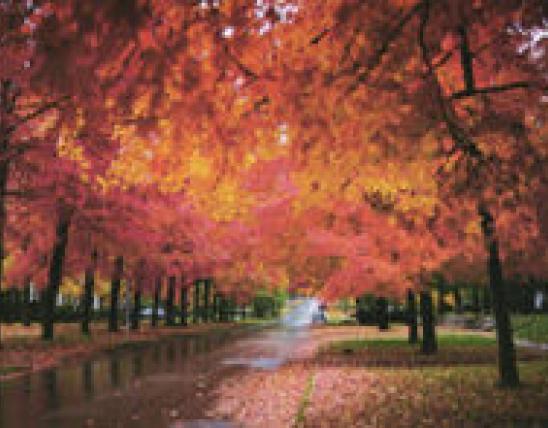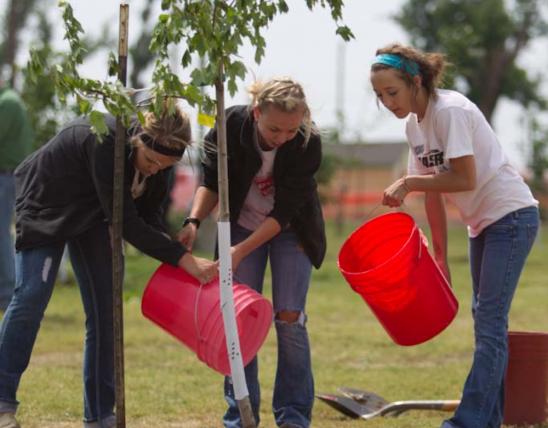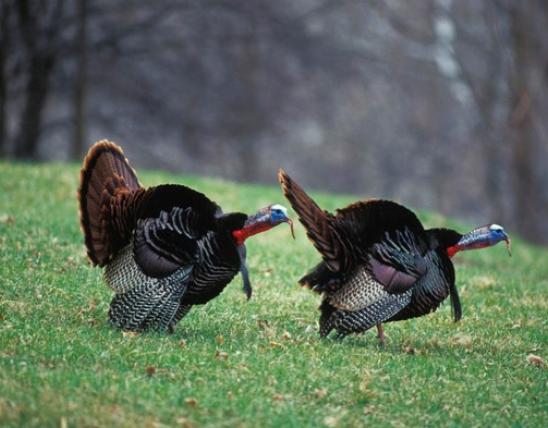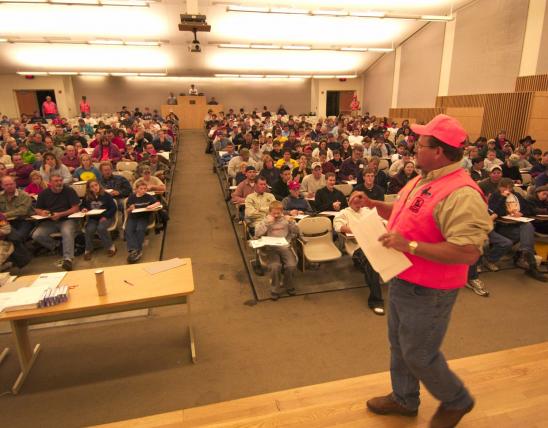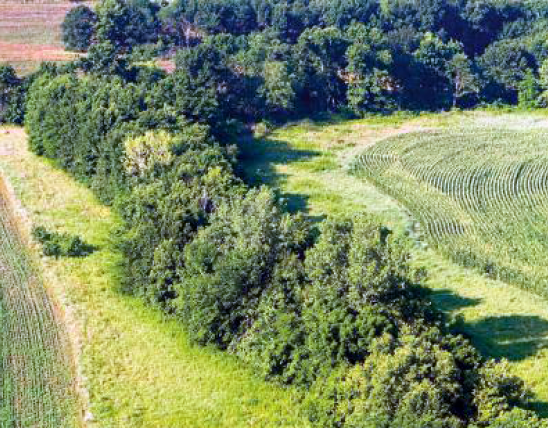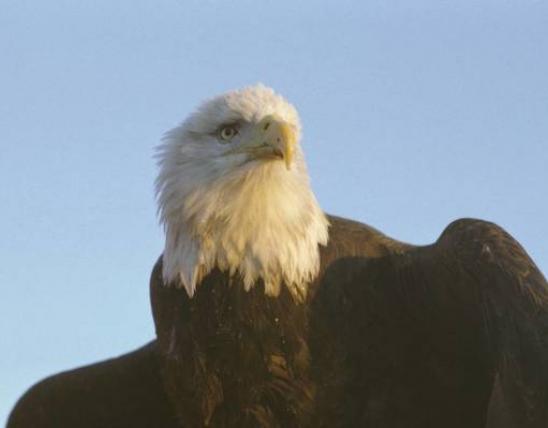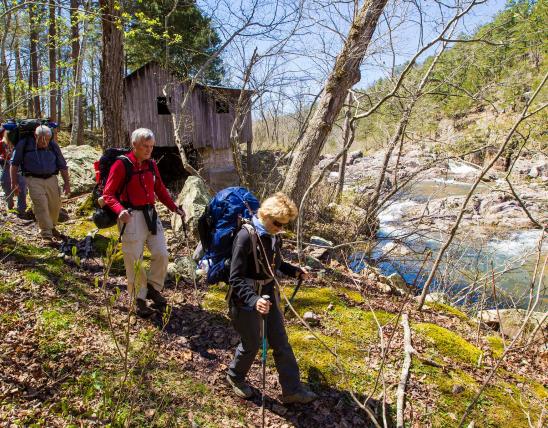Wildflowers, Grasses and Other Nonwoody Plants
Media
Species Types
Scientific Name
Vernonia baldwinii
Description
Ironweeds are tough, grayish-green, branching plants known for their fluffy-looking clusters of reddish-purple florets. They are a familiar sight on roadsides and pastures. Identify western ironweed by the bracts at the base of the flowerheads.
Media
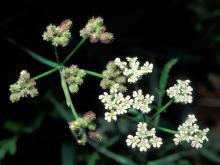
Species Types
Scientific Name
Torilis arvensis
Description
Hedge parsley is an introduced plant that looks a lot like parsley. It was first collected in Missouri in 1909 and has become much more abundant in recent decades as it spreads along roadsides and railroads.
Media

Species Types
Scientific Name
Allium stellatum
Description
Wild onion is edible and is also favored by native-plant gardeners, who enjoy its showy umbels of pink flowers and tolerance of dry, rocky sites. This Ozark species blooms in summer and fall.
Media
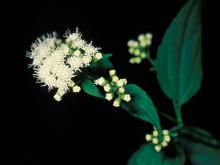
Species Types
Scientific Name
Ageratina altissima (formerly Eupatorium rugosum)
Description
White snakeroot looks very similar to thoroughworts, but it has triangular leaf blades that are more broadly angled or rounded at the base. White snakeroot is common statewide. It’s a toxic plant if eaten, so it’s good to be able to identify it.
Media

Species Types
Scientific Name
Eupatorium perfoliatum
Description
American, or common boneset has small, white flowerheads in flat-topped clusters at the top of the plant. The leaves are hairy, narrowly triangular, and in opposite pairs fused around the stem.
Media

Species Types
Scientific Name
Eupatorium altissimum
Description
A stout perennial that can grow to 6 feet tall, tall thoroughwort is a member of the sunflower family that has dull white flowers and distinctive leaves that are opposite, slender, very short-stalked, and with three quite noticeable veins.
Media

Species Types
Scientific Name
Centaurea stoebe
Description
Spotted knapweed is an invasive plant that outcompetes native communities, takes over pastureland, and even beats back invasive sericea lespedeza! It has arrived in our state. Let’s prevent its spread.
Media
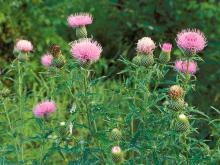
Species Types
Scientific Name
Cirsium altissimum
Description
Tall thistle is a native thistle that can grow to be 10 feet tall! To identify it, notice its leaves, which are unlobed (though they may be wavy or have only shallow, broad lobes), are felty-hairy beneath, and have prickles only along the edges.
Media

Species Types
Scientific Name
Fragaria virginiana
Description
Wild strawberry is one of the parents of the cultivated strawberry and is one of our prized native wild edibles. It’s also a valuable food for innumerable animals, and it’s attractive in native wildflower gardens.
Media

Species Types
Scientific Name
Pedicularis canadensis
Description
Wood betony has a tight spiral of tubular, hooded yellow flowers atop a plant adorned with deeply incised, fernlike leaves that are about as attractive as the flowers themselves. In early spring, these leaves have a beautiful wine-red coloration.
See Also
About Wildflowers, Grasses and Other Nonwoody Plants in Missouri
A very simple way of thinking about the green world is to divide the vascular plants into two groups: woody and nonwoody (or herbaceous). But this is an artificial division; many plant families include some species that are woody and some that are not. The diversity of nonwoody vascular plants is staggering! Think of all the ferns, grasses, sedges, lilies, peas, sunflowers, nightshades, milkweeds, mustards, mints, and mallows — weeds and wildflowers — and many more!

